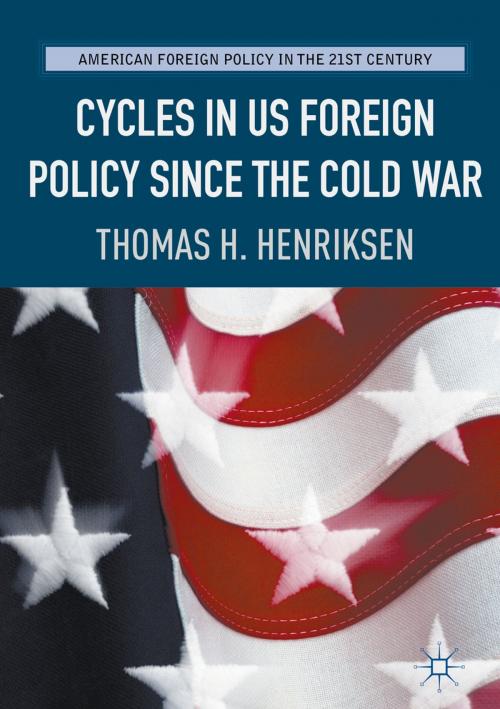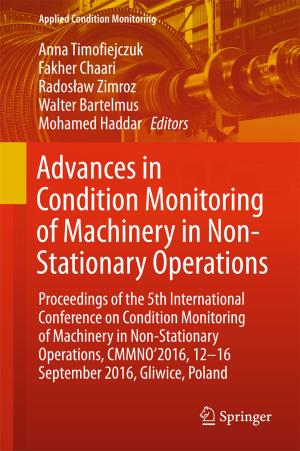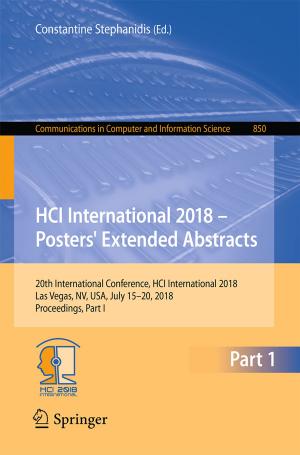Cycles in US Foreign Policy since the Cold War
Nonfiction, Social & Cultural Studies, Political Science, International, International Relations, Government| Author: | Thomas H. Henriksen | ISBN: | 9783319486406 |
| Publisher: | Springer International Publishing | Publication: | January 25, 2017 |
| Imprint: | Palgrave Macmillan | Language: | English |
| Author: | Thomas H. Henriksen |
| ISBN: | 9783319486406 |
| Publisher: | Springer International Publishing |
| Publication: | January 25, 2017 |
| Imprint: | Palgrave Macmillan |
| Language: | English |
This book describes how American international policy alternates between engagement and disengagement cycles in world affairs. These cycles provide a unique way to understand, assess, and describe fluctuations in America’s involvement or non-involvement overseas. In addition to its basic thesis, the book presents a fair-minded account of four presidents’ foreign policies in the post-Cold War period: George H.W. Bush, Bill Clinton, George W. Bush, and Barack Obama. It suggests recurring sources of cyclical change, along with implications for the future. An engaged or involved foreign policy entails the use of military power and diplomatic pressure against other powers to secure American ends. A disengaged on noninvolved policy relies on normal economic and political interaction with other states, which seeks to disassociation from entanglements.
This book describes how American international policy alternates between engagement and disengagement cycles in world affairs. These cycles provide a unique way to understand, assess, and describe fluctuations in America’s involvement or non-involvement overseas. In addition to its basic thesis, the book presents a fair-minded account of four presidents’ foreign policies in the post-Cold War period: George H.W. Bush, Bill Clinton, George W. Bush, and Barack Obama. It suggests recurring sources of cyclical change, along with implications for the future. An engaged or involved foreign policy entails the use of military power and diplomatic pressure against other powers to secure American ends. A disengaged on noninvolved policy relies on normal economic and political interaction with other states, which seeks to disassociation from entanglements.















